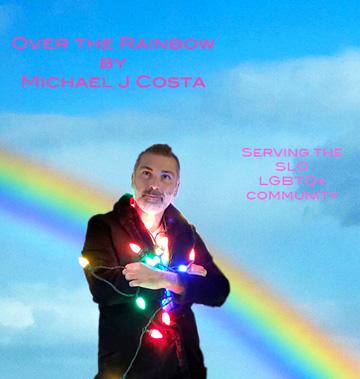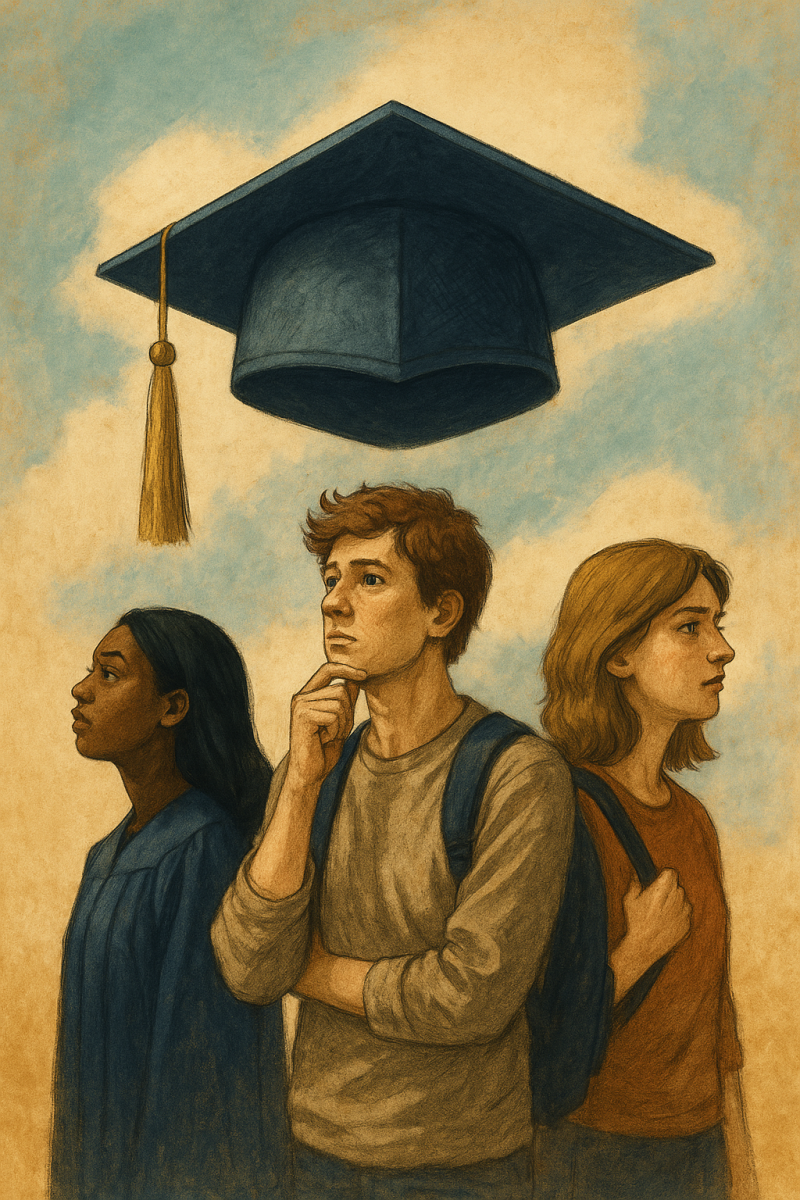The gift giving season is upon us. Â
It is that time of year when we search for the perfect present to give that special LGBTQ+ relative, friend, co-worker or neighbor in your life. If you are searching for a gift for Jack from “Will & Grace,†finding a Cher doll should be high on your priority list. But most gay men and lesbians would simply be happy with DVDs of the full seven season episodes of “The Golden Girls.†Watching the sarcasm fly out of Blanche, Rose, Dorothy and Sophia’s mouth, is far more creative than a rainbow tie or socks (note to self). Â
What exactly does your LGBTQ+ relative or friend want for Christmas? Â
Your acceptance.
Your patience and understanding.Â
It’s as simple as that.
Where do you find this?Â
Not at retail stores, on-line or by buying gift cards, but instead by being open minded to all lifestyles. Â
Once upon a time, there was a period when the world viewed the gay and lesbian community as a threat to society, the well being to humanity and it was not open minded at all.  It was a time that resonates within the minds of many and helped to define the year 1985. It was a time when society recoiled from the horror of a four letter word, AIDS (Acquired Immune Deficiency Syndrome). This is not your typical Christmas Story, with Rudolph the Red Nosed Reindeer and Frosty the Snowman, but unfortunately it did go down in history.
Somewhere between Thanksgiving and Chistimas there lies a third major, but overlooked holiday, and it is so important to the LGBTQ+ community. The day we celebrate in remembrance is called World AIDS Day, which occurs on December 1 and marks the epidemic of a lifetime that shocked the nation during the decade of the ‘80s and took the lives of celebrities, family, loved ones and friends.  AIDS was first known as the “gay disease†and news about it exploded across the media. Scientists were unable to find a cure for cancer and people were living in fear of acquiring the infection by transmitting the virus through blood (open wound or blood transfusion) or sexual intercourse.
 This epidemic was a historic period in the LGBTQ+ world. People were convinced that these were the signs of the times and that the disease was sent down by God to condemn man for their homosexual practices. A time that I remember well because I was still closeted and that probably was a good thing, because it saved my life.Â
Growing up as a teenager in the eighties, AIDS was in the news almost everyday. As early as 1981, the first five cases of HIV were diagnosed. There was no cure for the disease and minimal research. With little to no hope in sight, basically you were left to die. It was a desperate and dark time for the LGBTQ+ community.Â
Living through the Reagan era, little was done, at first, to stop the pandemic disease that was considered by some within the admistration to be labeled the gay plague. AIDS first originated in the countries Zaire and Haiti, but it wasn’t until the disease reached the United States and killed over 12,000 in the year 1985, that the government responded to the epidemic.   Â
The targeted population infected with the HIV virus was primarily homosexual men, from the ages of 25 to 40, living in large populated cities like Los Angeles, Chicago and New York. Loved ones and friends were being diagnosed with HIV and within years would die from the cancer known as pneumocystis carinii pneumonia. The virus spread rampantly through the first early stage and was considered to be highly contagious, viral and deadly. The world began to change during this period. Moral Majority was making an impact, and the religious right took the opportunity to use this as an attempt to suppress gays and lesbians, putting the strain on the LGBTQ community, as being the reason for the spread of the disease.
Not until celebrities like Rock Hudson( who came to the forefront of the epidemic by announcing to the public that he was diagnosed with HIV) and activists like Elizabeth Taylor that stood in front of congress to make a plea to find a cure to the dreadful disease, did the world take notice of the crisis. Basketball superstar, Magic Johnson has been living as a HIV+ survivor since the ‘90s. Since the first diagnosis of the virus in 1981, the cancer has now has claimed the lives of almost 35 million people since the pandemic first was diagnosed almost 40 years ago. Although there is no cure, there is hope that a cure is right around the corner. The medical field has made strides over the decades to help patients live a longer quality of life.Â
For those who lived through the AIDS epidemic, there is a somber memory that is associated with the tragic string of events, filled with struggle, punishment and loss. Although, many lost their lives to the global epidemic, braisen activist such as  Pedro Zamora, who later died of the illness, became known to the world in the late 90’s on MTV’s hit show, “Real World San Francisco, as the first person living with HIV and AIDS to star on television. Â
Friends of mine remember more than half of their friends dying of AIDS and vanishing from the earth. Their intimate circle of social friends began to disappear one by one. They remember this being a dark and devastating time, feeling a sense of bleakness in the world. Despair and loneliness filled the air and an overwhelming prejudice, ignorance, confusion and hatred, spread like a blanket across the nation. Creating a mood that tainted the lifestyles of the LGBTQ community. In order to change that mood, people gathered together and created the AIDSMemorial Quilt, with the names of victims, leaving a powerful legacy behind of the lives lost to the AIDS pandemic. Â
The holidays are that wonderful time of the year when we reflect on our blessings, and it is only appropriate that we acknowledge the lives that were taken from this disease and remember them in our thoughts. The only way to get rid of the darkness in the world is to shine the light on the subject. Many families across the nations will light a candle in honor of a lost one that they lost to HIV. Let’s not allow the flame to die, but shine bright for all the victims this holiday season.
Somewhere over the rainbow, between Thanksgiving, when we give thanks, and Christmas, where we give gifts of thanks, is World AIDS Day, a holiday to remember, reflect and give thanks for the gift of life.  Â















Linda Lee • Dec 16, 2019 at 6:45 pm
Great article Michael! Thank you for spotlighting World AIDS Day! We cannot forget this devastating time in our history and we must continue to enlighten and educate.